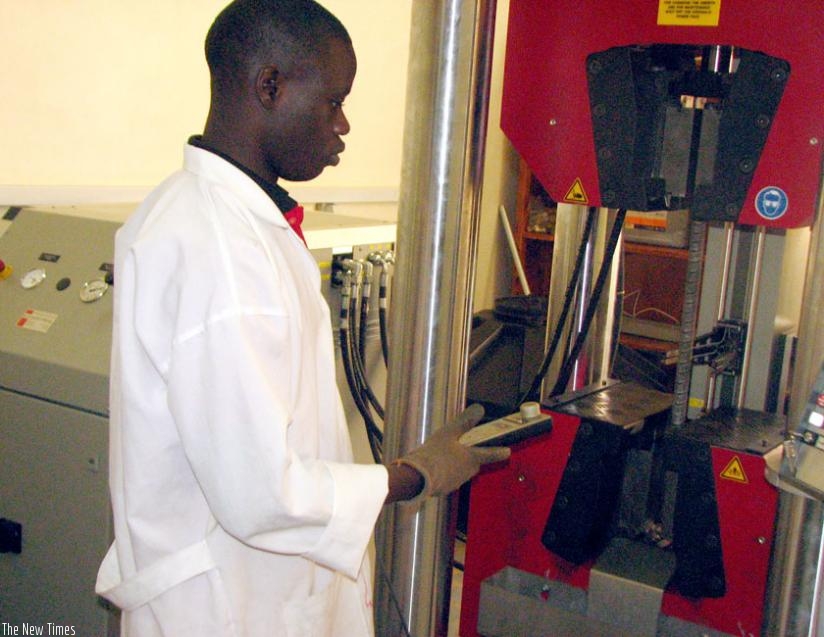To stem the ever-rising threat of counterfeit products on the East African Community (EAC) market, governments in the bloc are enacting tough laws and stringent measures against those importing and dealing in counterfeit products.


To stem the ever-rising threat of counterfeit products on the East African Community (EAC) market, governments in the bloc are enacting tough laws and stringent measures against those importing and dealing in counterfeit products.
Legislation at the EAC secretariat, for example, seeks to enjoin owners of commercial buildings as well: every landlord must ensure that their tenant businessmen do not deal in counterfeit products.
How will an ordinary mwananchi owning a building in Bungoma, Rwakiruuri, Nyagatare, Ombokolo, Buyenzi, Nyakanyansi, or any other rural township in East Africa know whether his tenant businessman is selling a fake BIC pen or a genuine one?
Legislation alone will not be enough. As legislation progresses, the East African Business Council must take the lead into the following measures:
Establishing a industrialists’ data bank
We must establish a manufacturer data bank of virtually every item imported into the EAC bloc, the way it is done for pharmaceuticals.
Every manufacturer and brand owner worth the name will have a website detailing its product range, market coverage, distribution chain, and all the vital information.
The respective commercial attachés’ in foreign missions must provide supplementary support in this exercise. With the data bank, it is possible to separate fake products from genuine ones.
Rethinking liberalisation, strengthening regional markets
We are reaping the fruits of unfettered liberalisation, which is slowly degenerating into anarchy. Yet there are enough provisions in the World Trade Organisation (WTO) agreements and protocols, which can be used to enforce protection. Counterfeiting and sub-standard goods are not protected by WTO provisions.
The argument that brand new, genuine products are expensive, so the citizens cannot afford them is self-defeating. Genuine goods are expensive because their market is eaten-into by fakes and mitumba.
If a trader, importing genuine leather shoes sells only one pair in a month, he will hike the price, to cover his operational costs. If he sold a hundred pairs, (the way the fake dealers do), his prices would be affordable.
One common advanced argument in favour of liberalisation is that our markets are small, so we need to ‘go global’.
By 1992, data with the PTA Bank showed that the then PTA zone could meet 80 per cent of its needs through intra-regional trade. What happened to this market potential?
Have we fully exhausted this, before seeking ‘global’ markets whose terms and conditions of access end in favour of the developed world and to our detriment?
As Cambridge Prof Ha Joon Chang argues, world trade has never been free trade "…virtually all of today’s developed countries actively used interventionist trade and industrial policies aimed at promoting, not simply protecting infant industries during their catch-up periods…the current orthodoxy advocating free trade and laissez-faire policies seems at odds with historical experience, …developed countries that propagate such a view seem to be ‘kicking away the ladder’ that they used in order to climb up to where they are...”
The way forward
The ultimate break-through will be a clearly defined EAC industrialisation path, defined on the following key tenets:


